Here are some more photos of my finds off the river in central Texas. Some weird squared looking cobble artifacts included, that were found within 20 feet of eachother. Noticeable pecking was found on each stone. We all know that cobbles that have been in a river are more rounded than these are. All artifacts were found in the same given area.
Attachments
-
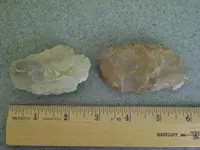 4-12-09-artifatcs 067.webp113.1 KB · Views: 665
4-12-09-artifatcs 067.webp113.1 KB · Views: 665 -
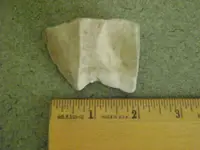 4-12-09-artifatcs 064.webp82.3 KB · Views: 544
4-12-09-artifatcs 064.webp82.3 KB · Views: 544 -
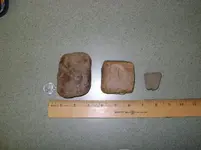 4-12-09-artifatcs 028.webp89 KB · Views: 568
4-12-09-artifatcs 028.webp89 KB · Views: 568 -
 4-12-09-artifatcs 096.webp133.6 KB · Views: 536
4-12-09-artifatcs 096.webp133.6 KB · Views: 536 -
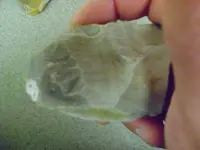 4-12-09-artifatcs 107.webp45.9 KB · Views: 502
4-12-09-artifatcs 107.webp45.9 KB · Views: 502 -
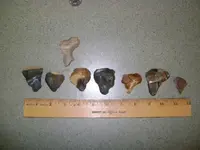 4-12-09-artifatcs 102.webp48.1 KB · Views: 516
4-12-09-artifatcs 102.webp48.1 KB · Views: 516 -
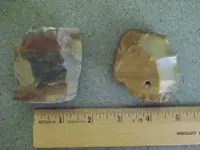 4-12-09-artifatcs 073.webp23 KB · Views: 497
4-12-09-artifatcs 073.webp23 KB · Views: 497 -
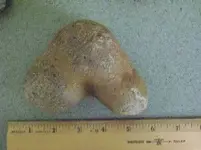 4-12-09-artifatcs 076.webp11.1 KB · Views: 783
4-12-09-artifatcs 076.webp11.1 KB · Views: 783 -
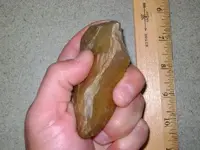 4-12-09-artifatcs 015.webp28.6 KB · Views: 492
4-12-09-artifatcs 015.webp28.6 KB · Views: 492
Upvote
0

